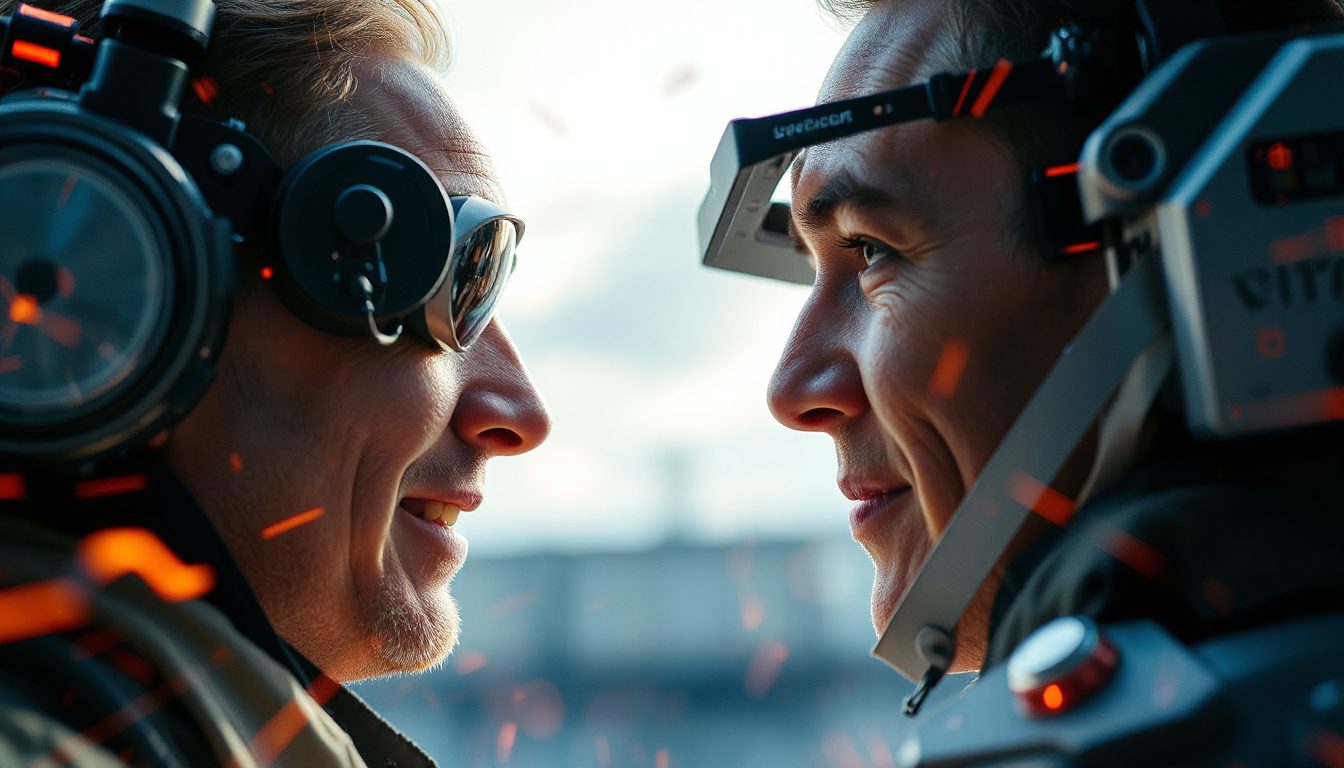Veo 3.1 Video Generator: What It Can Really Do and Where It Falls Short
Making video content takes time and money. What if text and a few images could produce brief video clips? Google offers Veo 3.1 to turn ideas into small videos. Is it strong enough for work or meant for playful tests? We review what Veo 3.1 does well, its weak spots, and how it stands beside other AI video tools.
What Makes Veo 3.1 Stand Out?
1. Ability to Create Multi-Shot Videos from Detailed Prompts
Veo 3.1 reads detailed prompts and splits them into many shots. It shows different scenes and camera angles. For example, a prompt about a car chase makes a wide shot of two cars, a close-up of tires, and a tracking view as they speed off. This shows the system follows scene and camera commands very well.
2. The "Ingredients to Video" Feature
Veo 3.1 lets you add images that join the video. You can use an image of a person, a product, or a background. The added images keep the visual style steady and clear. This makes it easier to build video content for brands or characters.
3. Good Character Consistency and Detail
The system may not copy every design perfectly, yet it holds key features in view. When it makes a video of an anime figure with a complex outfit, the look stays the same through the clip. Sometimes the edges may seem slightly off, but the main design stays in focus. This steady look helps in a tool that turns still ideas into moving ones.
4. Supports Different Ratios for Many Platforms
Veo 3.1 lets you choose a landscape or portrait format. This fits social sites like Instagram or TikTok. It cuts the video to the shape many users like.
5. Decent Audio and Sound Effects Sync
Audio matters in videos. Veo 3.1 now produces soundtracks that match the events on screen. It adds sounds that follow movements and actions. The matched audio makes the video feel more full.
Where Veo 3.1 Struggles
1. Video Length Limits
Veo 3.1 makes only short videos, up to eight seconds. There is an "extend" tool to join separate clips. The join tool works but feels stiff and does not replace longer video creation.
2. Slow Generation Speed
Making an 8-second video takes about 3 to 5 minutes on Google’s Flow platform. This wait can be hard on users who try many versions quickly.
3. Cropping Issues with Uploaded Images
On Flow, your uploaded photos must be in landscape or portrait forms. This does not work well if your image is square or oddly shaped. The rule can affect the picture frame and look.
4. Handling Complex or Stylized Prompts
Veo 3.1 does well with real-life scenes. It sometimes falls short with made-up or styled images. In tests with a Pikachu ASMR video or a fantasy scene with a modern twist, the result seemed plain. The characters look real but may lose a touch of the intended style.
5. Minor Visual Artifacts
Like many AI video tools, Veo 3.1 shows small flaws such as warped edges or brief distortions. These happen during fast moves or quick frame changes. They disturb the image and lower the video quality.
How Does Veo 3.1 Compare to Other Video AIs?
Veo 3.1 works alongside models like Sora 2, which shows strong changes in style and expression. For some prompts, Sora 2 makes videos that feel more lively and true to the source material, such as well-known anime or fantasy scenes.
- Expression Dynamics: Both Veo 3.1 and Sora 2 shift facial expressions quickly and well.
- Character Faithfulness: Sora 2 makes clear, stylized characters. Veo 3.1 shows life-like characters but may miss exact details.
- Prompt Detail: Veo 3.1 handles detailed, multi-scene prompts while some rivals focus on a single strong shot.
- Video Length: Both models cannot create long videos on their own yet.
- Usage Flexibility: Veo 3.1’s image tool, combined with platforms like Higsfield, allows more image use without strict cropping.
Best Use Cases for Veo 3.1
- Creating Short Product Demos or Influencer Clips: Upload product images to build quick promo videos.
- Experimenting with Character Animations: Test ideas for character moves using simple photos.
- Multi-Shot Scene Generation: Build storyboards with several scenes and camera angles drawn from detailed instructions.
- Fast Social Media Content Creation: Generate 8-second portrait or landscape clips for sites like TikTok or Instagram.
Tips to Get the Most Out of Veo 3.1
- Use Clear, Detailed Prompts: The system works best with step-by-step, clear scene ideas.
- Use Reference Images for Steady Looks: Upload clean, high-quality images for set characters or products.
- Be Patient with the Slow Process: Expect several minutes per clip and plan your tests well.
- Combine Clips Manually for Longer Videos: Use the extend tool and then edit for a smooth flow.
- Try Other Platforms: Platforms like Higsfield help you avoid strict cropping when you add photos.
Final Thoughts: Veo 3.1 Is a Solid Step, But Not the Final Destination
Veo 3.1 shows clear upgrades in video flow, sound, and following text prompts. Its multi-shot style and image tool build new ways to create quick videos. This works well for brands or creators needing fast content. Yet, short video length, slow speed, and some design issues mean it is best for tests and short clips rather than full, professional videos.
If you want to try AI video without cost, check free platforms with Veo 3.1 or similar tools to see what fits you best. Using Veo 3.1 along with other models may lead to the best result as AI video work grows.
Ready to create your first AI-generated video? Start by writing a clear prompt and gather your reference images. Then try free platforms with Veo 3.1 or similar tools to bring your ideas to life fast.


